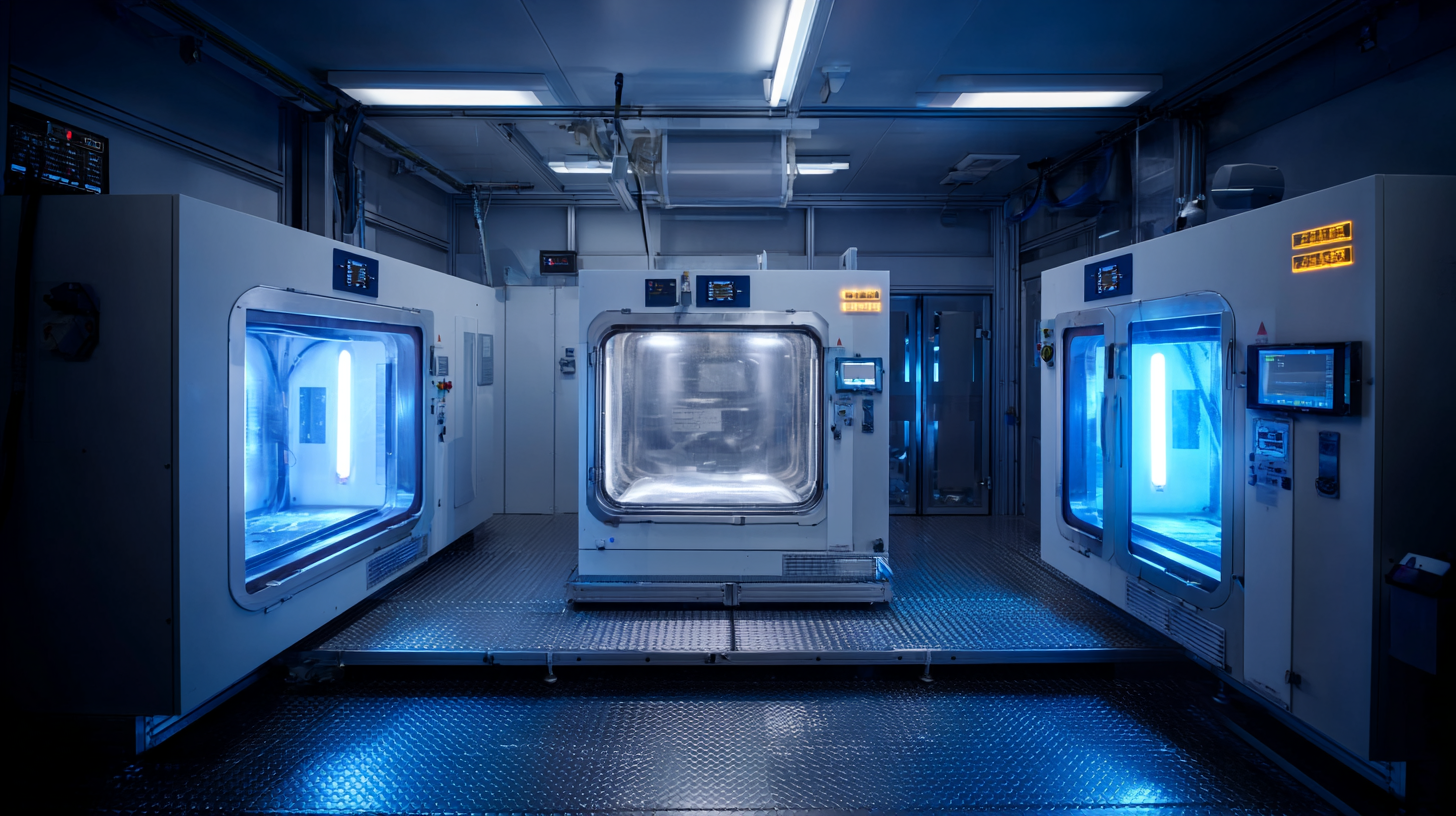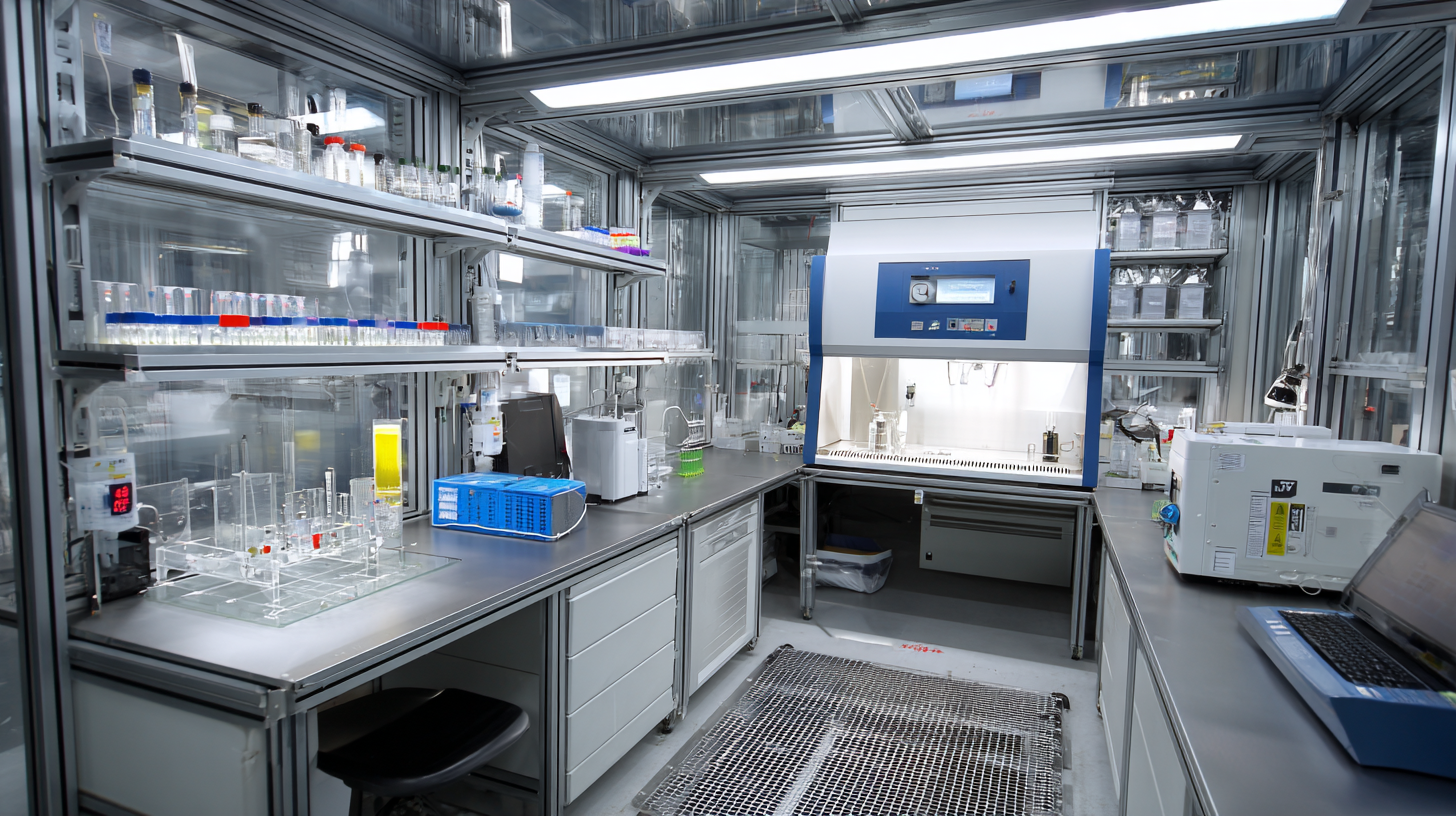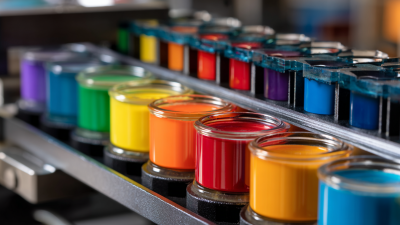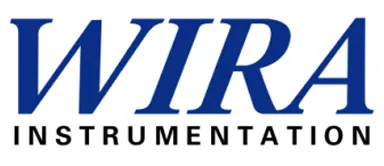The Ultimate Guide to Choosing the Right Environmental Test Chamber for Your Laboratory Needs
When selecting an environmental test chamber for laboratory applications, it is crucial to understand the specific requirements of your testing environment. According to a report by Research and Markets, the global environmental test chamber market was valued at approximately $1.6 billion in 2020 and is expected to grow at a CAGR of 6.1% from 2021 to 2028. This growth underscores the increasing demand for precise testing conditions across various industries, including electronics, pharmaceuticals, and materials science.

The right environmental test chamber not only enhances the accuracy of tests and measurements but also ensures compliance with industry standards. By considering factors such as temperature and humidity control, chamber size, and operational capabilities, laboratories can select an environmental test chamber that best fits their needs, ultimately leading to improved product quality and performance.
Understanding Different Types of Environmental Test Chambers Available in the Market
When selecting an environmental test chamber for laboratory needs, it is crucial to understand the various types available in the market. Environmental test chambers can be broadly categorized into temperature and humidity chambers, thermal shock chambers, and vibration chambers. Each type serves a distinct purpose, making it essential to match the chamber’s capabilities with specific testing requirements.
Temperature and humidity chambers are designed to simulate a range of environmental conditions, allowing researchers to examine how products perform under extreme heat, cold, or humidity. These chambers provide precise control over conditions, making them ideal for long-term studies on material stability and durability. In contrast, thermal shock chambers are engineered to rapidly alternate between high and low temperatures, testing a product's resilience to sudden changes. Lastly, vibration chambers assess how products fare under consistent oscillation, which is particularly important for items expected to endure transport and mechanical stress. Understanding these different chambers is vital to ensuring accurate testing outcomes.
Choosing the right environmental test chamber can significantly impact research quality. By considering the unique features and functionalities of each chamber type, laboratories can invest in equipment that aligns closely with their specific testing goals. Whether for accelerated aging tests or compliance with industry standards, understanding the diverse options available leads to more informed decisions in laboratory setups.
Key Features to Consider When Selecting an Environmental Test Chamber
When selecting an environmental test chamber, there are several key features that laboratories must consider to ensure they meet specific testing requirements and standards. Firstly, temperature control is pivotal. According to a report by the International Society of Automation, precise temperature regulation is essential for experiments involving materials with narrow thermal tolerances. Chambers featuring advanced PID (Proportional-Integral-Derivative) controllers can maintain temperature stability within ±0.5°C, which is critical for accurate results in sensitive applications.
Another important aspect is humidity control. Research published in the Journal of Environmental Science highlights that proper humidity levels are vital for experiments that study material degradation over time. Environmental test chambers should offer a wide range of humidity settings, ideally from 10% to 95% RH (Relative Humidity), to accommodate various testing protocols. Furthermore, robust data logging and monitoring capabilities, which are increasingly standard in modern chambers, allow for real-time tracking and documentation, enabling researchers to meet regulatory compliance and quality assurance standards effectively.

Assessing Temperature and Humidity Control Capabilities for Your Laboratory
When selecting an environmental test chamber for your laboratory, assessing its temperature and humidity control capabilities is paramount. Precise temperature regulation is crucial for experiments that require consistent conditions, while humidity levels can significantly impact materials and biological samples. When evaluating a chamber, ensure it can maintain a stable temperature range that aligns with your specific experimental needs.
**Tip:** Look for chambers with advanced calibration options and real-time monitoring systems, as these features allow for fine-tuning and automation, enhancing experimental reliability.
Humidity control should not be overlooked, especially for tests involving sensitive materials. A chamber that can accurately control humidity levels will help prevent unwanted variances in outcomes. Chambers equipped with integrated dehumidifiers or humidifiers provide greater versatility and control over environmental conditions.
**Tip:** Consider chambers that offer user-friendly interfaces for quick adjustments and monitoring. This will save time and enhance overall laboratory efficiency during critical testing phases.
By prioritizing these features, you can ensure that your environmental test chamber meets the rigorous demands of your laboratory and experimentation.
The Ultimate Guide to Choosing the Right Environmental Test Chamber for Your Laboratory Needs
| Chamber Type | Temperature Range (°C) | Humidity Range (%) | Volume (Liters) | Cooling Method | Price Range ($) |
|---|---|---|---|---|---|
| Walk-in Chamber | -20 to 60 | 20 to 90 | 1000 | Refrigeration | 25,000 - 50,000 |
| Benchtop Chamber | -10 to 80 | 10 to 95 | 100 | Compressor | 5,000 - 15,000 |
| Walk-in Climate Chamber | -30 to 50 | 15 to 100 | 1500 | Liquid-cooled | 30,000 - 70,000 |
| Thermal Shock Chamber | -55 to 150 | 10 to 95 | 300 | Thermoelectric | 10,000 - 25,000 |
Evaluating Size and Space Requirements for Environmental Test Chambers
When selecting the right environmental test chamber for your laboratory, evaluating size and space requirements is crucial. According to Market Research Future, the global environmental testing equipment market is projected to grow significantly, with a notable uptick in laboratories requiring various environmental conditions for product testing. These trends indicate that laboratories must carefully assess their available space to ensure they can accommodate the specific types of chambers they plan to incorporate, whether they are temperature cycling chambers, humidity chambers, or other specialized units.

Moreover, industry standards highlight the importance of optimizing internal dimensions to facilitate different testing scenarios while allowing for future expansions. For instance, a study conducted by the American Society for Testing and Materials (ASTM) emphasizes that a well-organized layout not only enhances efficiency but also mitigates safety risks. Laboratories should consider not just the size of the environmental chamber itself but also the surrounding area, accounting for access, ventilation, and potential workflow disruptions. Planning for adequate space around the equipment can lead to improved operational productivity and longevity of the testing units.
Budgeting: Finding the Right Environmental Test Chamber Within Your Laboratory’s Financial Plan
When selecting an environmental test chamber for your laboratory, budgeting plays a crucial role in ensuring that you find the right equipment without compromising your financial plan. It's essential to conduct a thorough analysis of your laboratory’s budget constraints, taking into account both initial costs and ongoing operational expenses such as maintenance and energy consumption. Having a clear budget in mind will help narrow down your options and prevent overspending on features that may not be essential for your specific testing requirements.
Additionally, consider exploring various financing options available for purchasing environmental test chambers. Leasing can be a viable alternative if upfront costs are a concern, as it allows you to acquire the necessary equipment while distributing payments over time. It's also wise to investigate potential grants or funding opportunities dedicated to laboratory enhancements, which can further support your budget. By carefully evaluating these financial aspects, you can confidently choose an environmental test chamber that meets your laboratory’s needs while adhering to your financial plan.
The Ultimate Guide to Choosing the Right Environmental Test Chamber for Your Laboratory Needs
This chart illustrates the average budget allocation for different types of environmental test chambers based on various laboratory needs. The data reflects common financial planning considerations for laboratories looking to purchase or upgrade their test chambers.
Related Posts
-

Solutions for Tailored Environmental Test Chamber Applications
-

How to Choose the Right Thermal Test Chamber for Your Product Development Needs
-

Exploring the Essential Role of Temperature and Humidity Chambers in Climate Simulation and Testing: A Deep Dive
-

Essential Guide to Understanding Universal Tensile Testing Machines for Accurate Material Analysis
-

Understanding the Importance of Tensile Tester in Material Strength Analysis
-

How to Choose the Right Color Spectrophotometer for Your Needs
Have Questions? We're Here to Help!
Give us a call at (864) 989-0566 or send us a message to discuss our testing equipment with an expert.












